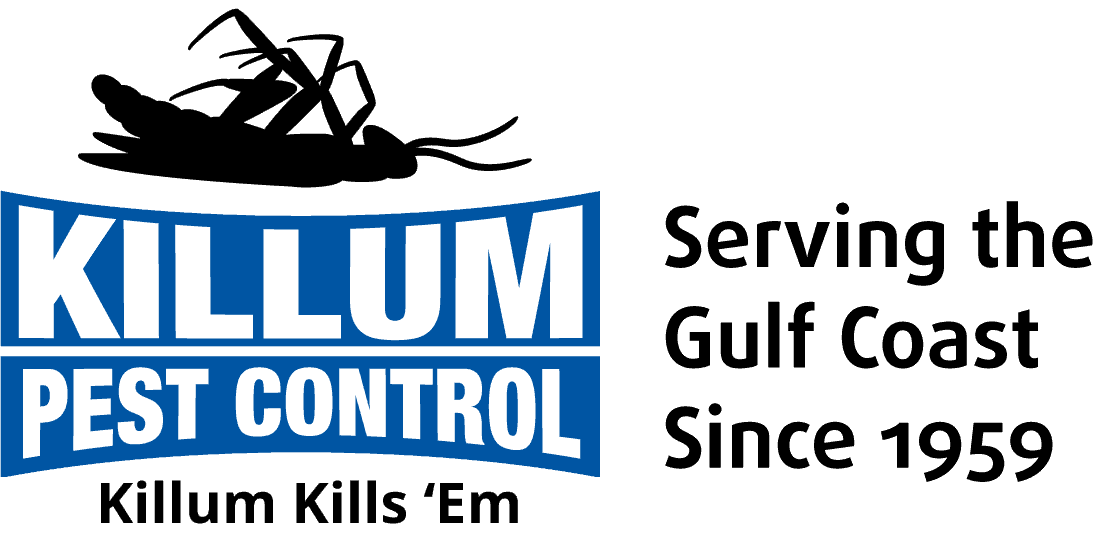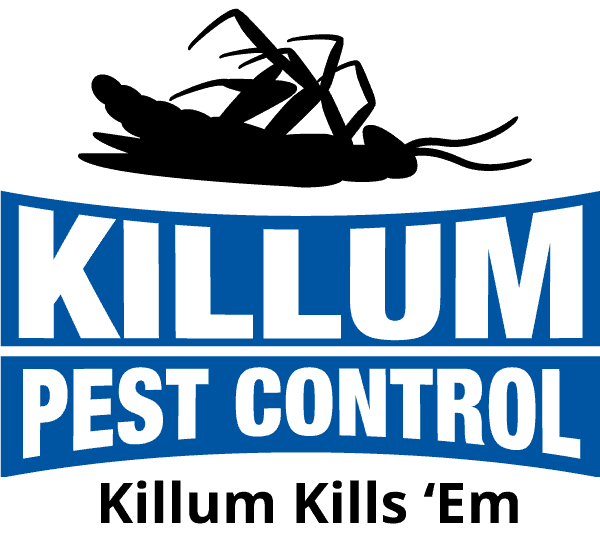Termites are a major concern for homeowners in Texas, as these insects can cause significant damage to the structure and foundation of houses. Termites are responsible for about $5 billion worth of property damage each year in the United States, and subterranean termites, in particular, are found in large numbers in Texas.
Killum Pest Control, Inc., Inc. is a leading provider of residential and commercial pest control services in the Texas Gulf Coast region, serving clients in Houston, Pearland, Friendswood, League City, Seabrook, Missouri City, and surrounding areas. Our team of experts is dedicated to providing efficient services to help you protect your property from termite damage and ensuring the safety and comfort of your home.
In this informative blog post, we will take a closer look at the different types of termites present in Texas, the signs of termite infestation, and the consequences of termite damage on your home. Furthermore, we will provide you with essential tips to prevent termite invasions, including how to maintain a proper moisture control system and the role of regular termite inspections to keep your home safe from these destructive pests.
Different Types of Termites You Should Know
In Texas, the three most common types of termites are:
Eastern Subterranean Termites: These termites are the most prevalent species in the United States, including Texas, and cause major structural and economic damage to residential and commercial properties.
Formosan Subterranean Termites: Known for their rapid growth and aggressive behavior, Formosan termites pose a significant threat to structures in Texas, owing to their ability to cause severe damage in a relatively short amount of time.
Drywood Termites: Unlike subterranean termites that require contact with soil, drywood termites live in wood and can infest wooden structures, causing damage to furniture, walls, and floors.
Understanding the signs of termite infestation, the extent of the damage caused by these insects, and effective preventive measures is vital in maintaining the longevity and integrity of your Texas home. So whether you are a long-time resident, a new homeowner, or a business owner, this blog post can help you prepare and protect your property from the threat of termite damage.
Stay updated on pest control tips and regional pest control facts for Texas by subscribing to the Killum Pest Control, Inc. blog and seeking assistance from our skilled technicians for all your pest management needs.
Understanding and Preventing Termite Damage in Texas Homes
Termites are a persistent threat to homeowners in Texas, as they can cause extensive damage to the structure and foundation of properties. In this blog post, we will delve deeper into the different types of termites found in the Lone Star State, the signs of termite infestation, and the damage they can cause. Additionally, we will provide you with essential tips on how to prevent termite invasions and protect your home from these wood-destroying pests.
Types of Termites in Texas
To effectively protect your Texas home from termite damage, it’s crucial to understand the types of termites common in the region and their behavior. The three most prevalent termite species in Texas are:
1. Eastern Subterranean Termites
As their name suggests, Eastern Subterranean termites live in underground colonies and build mud tubes to access the wood in your home. They are by far the most widespread termite species in the United States and are responsible for a large majority of the structural damage caused by termites.
2. Formosan Subterranean Termites
Formosan termites, often referred to as “super termites,” are an invasive species from Asia known for their rapid growth and highly destructive nature. Their colonies can be ten times larger than those of native termites, making infestations more severe and difficult to control.
3. Drywood Termites
Unlike subterranean termites that require soil contact, drywood termites inhabit and digest wood directly, causing damage to wooden structures such as furniture, walls, and floors. These termites can survive without access to moisture, which makes them particularly tenacious pests.
Recognizing the Signs of Termite Damage
Identifying the signs of termite infestation early on can help save your home from costly and lasting damages. Some common signs of termite infestation include:
1. Mud Tubes
Subterranean termites create mud tubes or tunnels to travel between their nests and food sources. Look for these pencil-sized tubes around your home’s foundation and crawl spaces.
2. Swarming Wings
Winged termites, or swarmers, are reproductive termites that leave the colony in search of new locations to establish their nests. If you find discarded wings or a group of swarmers near your home, it can indicate a termite presence.
3. Damaged Wood
Termites damage wood by consuming it, leaving behind a series of tunnels or galleries. If you tap on a wooden surface and it sounds hollow, or you notice sagging, crumbling, or warping, it might be because of termite infestation.
4. Bubbling or Peeling Paint
Termites sometimes create small holes in the wood as they consume it, which can lead to bubbling or peeling paint resembling water damage.
Preventative Measures to Protect Your Home
1. Moisture Control
Subterranean termites are drawn to moisture-rich environments. Ensure effective moisture control by maintaining gutters, downspouts, and air conditioning condensation lines, and fixing leaky pipes and faucets.
2. Regular Inspections
Regular professional termite inspections are crucial to detect and prevent termites and their damage early on. By identifying potential issues, such as termite damage or conducive conditions, a professional can employ targeted treatments to eliminate the infestation.
3. Barrier Treatments
Your pest control technician can install physical or chemical barriers around your home’s foundation to deter termites. Physical barriers can be made of metal or dense plastic, while chemical barriers use termiticides that repel or kill termites on contact.
4. Termite-resistant Materials
If you are constructing a new home or making updates to your existing one, consider using termite-resistant materials like pressure-treated wood or non-wood building materials, such as concrete and steel.
5. Stay Observant
Regularly inspect your property for signs of possible termite infestation, such as mud tubes, damaged wood, or discarded wings. By staying vigilant and proactive, you can minimize the risk of extensive termite damage.
Combating the Termite Menace: Effective Strategies for Texas Homeowners
Termites are a major threat to Texas homeowners due to their ability to cause significant damage to properties. By understanding the types of termites common in the area and taking proactive measures to protect your home, you can avoid costly repairs and ensure a safe, comfortable, and pest-free living environment.
Remember that early detection and intervention are key in combating termite infestations, and enlist the help of a professional pest control company in Pearland, TX, like Killum Pest Control, Inc., to address any concerns and protect your most valuable investment.





